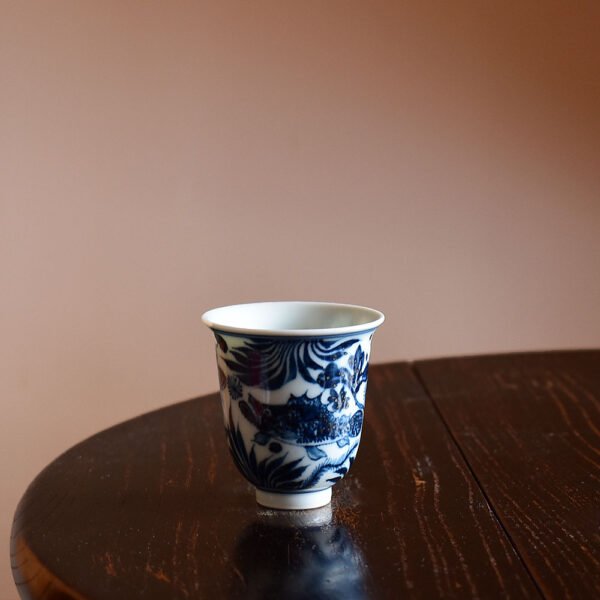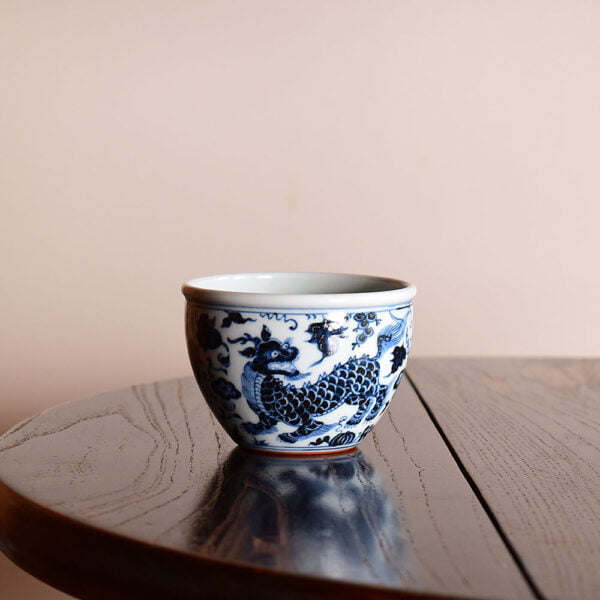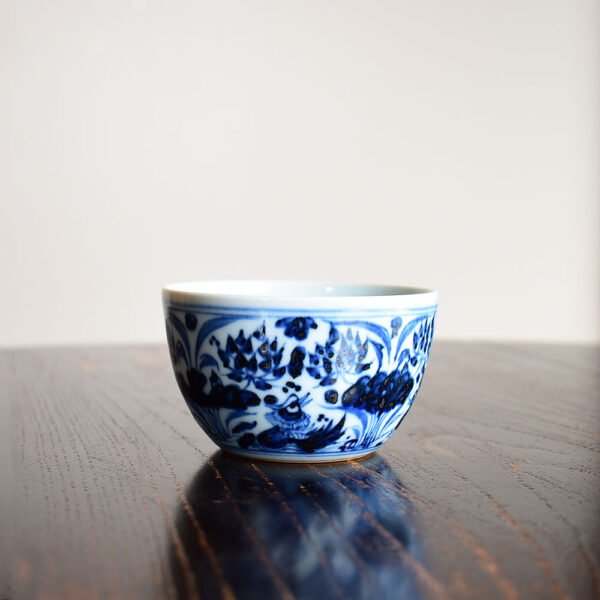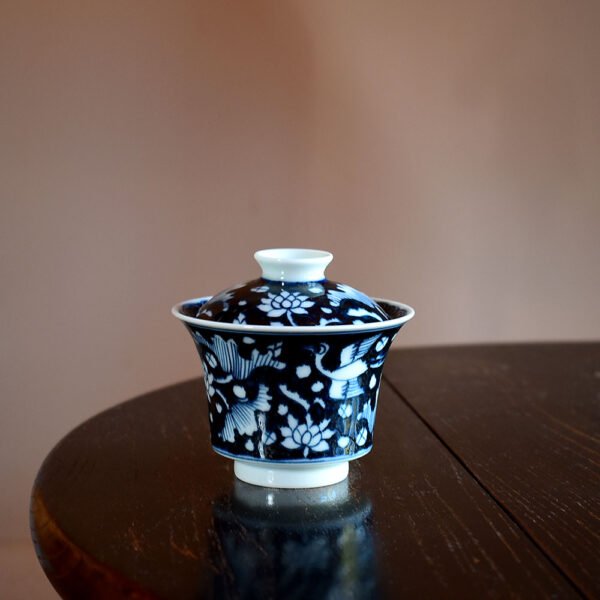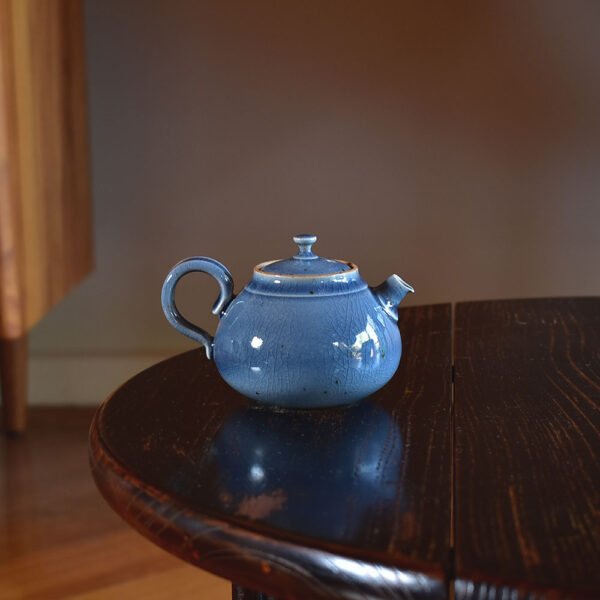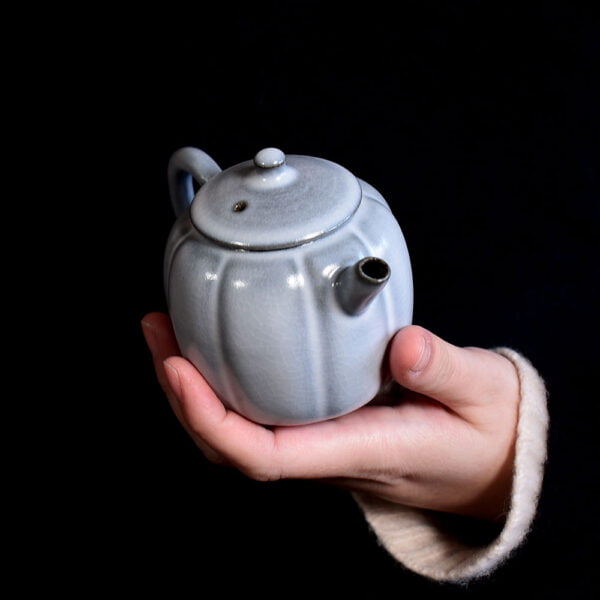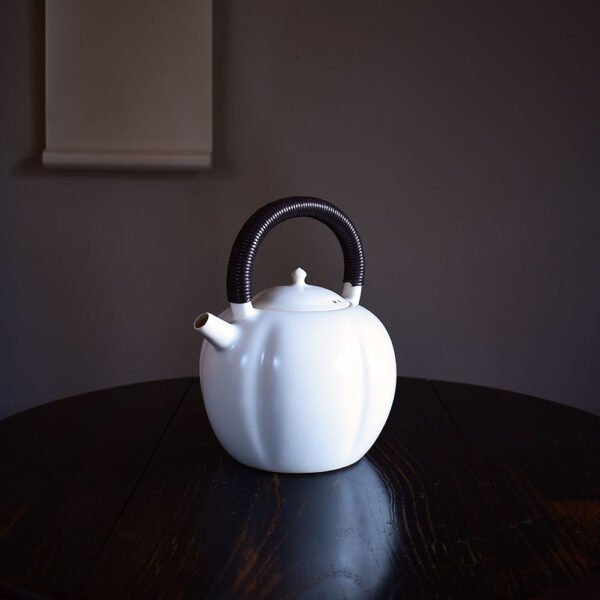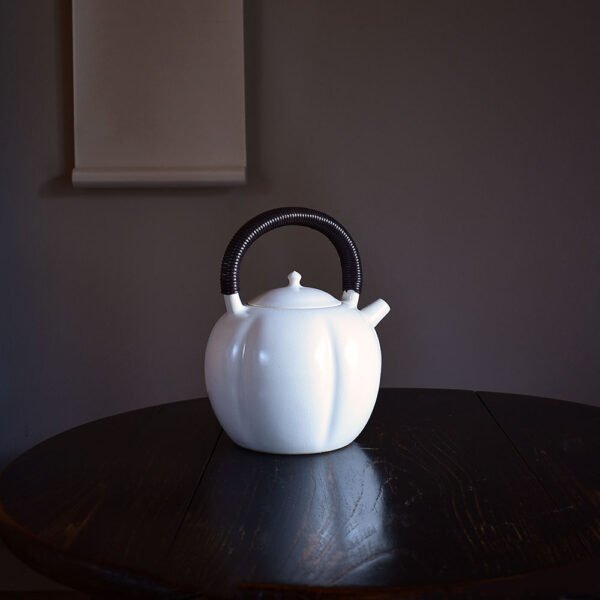The Legend of Chinese Tea
Legend says that Shen Nong was the first person to discover tea. Shen Nong was born at a time when the human race no longer had enough food. He had a transparent abdomen, and one could clearly see all of his internal organs. When he grew up, he taught the ancient Chinese the practices of agriculture and farming. Although people were then able to feed themselves better, they often got sick or died because they ate things indiscriminately. To help save lives, Shen Nong decided to taste hundreds of herbs: he put the tasty herbs in his left-hand bag – these were for people to eat – and the ones that weren’t tasty he put in his right-hand bag to be used for medicine.
One day, he tried a small, fresh leaf. Because his abdomen was transparent, people could see the leaf cleaning his every organ; afterward, his insides were refreshed and clean. He named this leaf ‘cha’, which means ‘check’ in English. He continued to taste different herbs, using ‘cha’ to detoxify himself whenever he ate something poisonous. However, he died after tasting ‘heartbreak grass’ because it was too toxic and there was no time to eat a tealeaf. Thus, he sacrificed himself to save humanity, and came to be called the ‘Emperor of the Five Grains’. Because of Shen Nong, tea was widely known as ‘medicine’ for a long time.
The Real History
In real history, the tea industry has developed gradually over time.
- In the time of the Western and Eastern Zhou Dynasties (around 3000 B.C.), people began to plant tea trees and used tea as tribute or vegetables.
- During the Western Han Dynasty (2000 B.C.), a commercial tea trade developed, with Chengdu the earliest distribution centre.
- From the Eastern Han period (1500 B.C.), people started to make tea bricks, making the tea easier to carry.
- From the Tang Dynasty (1200 B.C.), tea-drinking culture began to spread to be enjoyed by all social classes. Lu Yu, the author of ‘The Classic of Tea’ in this period, is still respected as the ‘Sage of Tea’ because of his contribution to Chinese tea culture.
- From the Song Dynasty (1000 B.C.), with the improvement of tea-making technologies and more attention being paid to the source or quality of water, tea contests became popular in China. Whipped powdered tea was very fashionable during this time; however, the fashion had disappeared completely by the end of the Yuan.
- During the Yuan Dynasty (700 B.C.), loose tea began to appear, which was very popular among the lower classes in The tea brick still dominated the upper-class market; nevertheless, more and more people were becoming accustomed to drinking tea made from tea leaves steeped in boiling water.
- During the Ming Dynasty (600 B.C.), tea-making technology was developed to make yellow, black and flower tea.
- In the Qing Dynasty (300 B.C.), China became the only country exporting tea. Chinese tea became well known all over the world.
Types of Chinese tea
If you ever have the chance to go to a Chinese tea market, you will find so many different teas for you to taste. You may get confused about how best to work your way through them all to discover the ones you really like. In China, tea is categorised totally differently from the Western tea culture. For example, in the West, teas are often described according to the colour of the leaves; however, in China, the category name refers to the colour of the brew. So, black tea in Chinese culture is called ‘Hong Cha’, meaning ‘red tea’. Confusingly, the term ‘black tea’ is also used to describe tea served without milk in some Western cultures.
The types of Chinese tea are:
- White Tea
- Green Tea
- Yellow Tea
- Oolong Tea
- Black Tea
- Dark Tea
To know more about the differences among these teas, please read this article we wrote.
Filters
Done- 31 Oolong Tea
- 37 Pu-erh Tea
- 15 Green Tea
- 4 Jasmine Tea
- 19 Black Tea
- 7 White Tea
- 3 Dark Tea
- 54 Premium Chinese Tea
- 22 Tea Gifts
- 4 Tea Samples
- 136 Teaware & Accessories
- 1 Bamboo
- 21 Bitter
- 1 Burnt
- 12 Caramel
- 2 Charcoal
- 4 Chestnut
- 3 Cinnamon
- 23 Earthy
- 66 Floral
- 23 Fresh
- 34 Fruity
- 3 Gardenia
- 7 Grassy
- 6 Herbal
- 19 Honey
- 1 Honeysuckle
- 4 Jasmine
- 2 Jujube
- 4 Longan
- 2 Lotus
- 2 Lychee
- 8 Milky
- 8 Mineral
- 2 Mossy
- 1 Orange
- 18 Orchid
- 2 Potato
- 1 Reedy
- 13 Rocky
- 1 Sour
- 95 Sweet
- 1 Wintersweet
- 32 Woody
- 1 Betel Nut
- 3 Chen
- 2 Smoky
Product Filters
Filter by Category
Filter by Pu-erh Type
Filter by Type
Filter by Taste
Filter by Colour
Filter by Material
Filter by Number of Pieces
Filter by Colour
Filter by Material
Filter by Size
Filter by Colour
Filter by Material
Filter by Size
Filter by Colour
Filter by Material
Filter by Size
Filter by Colour
Filter by Material
Filter by Origin
274 Products















